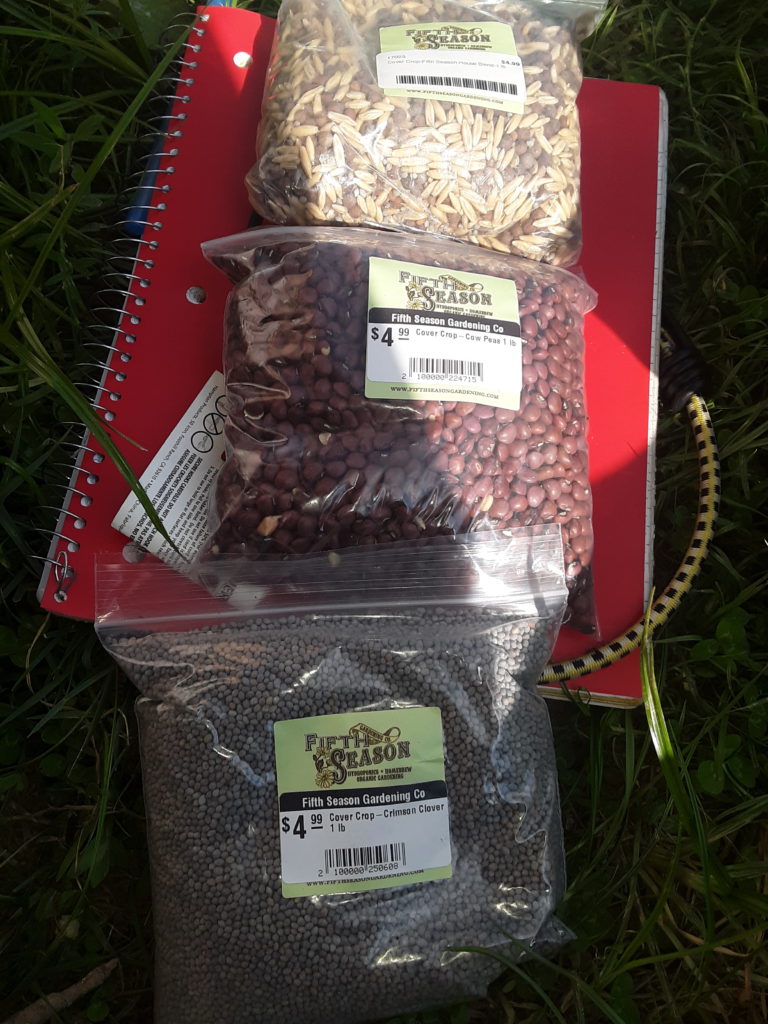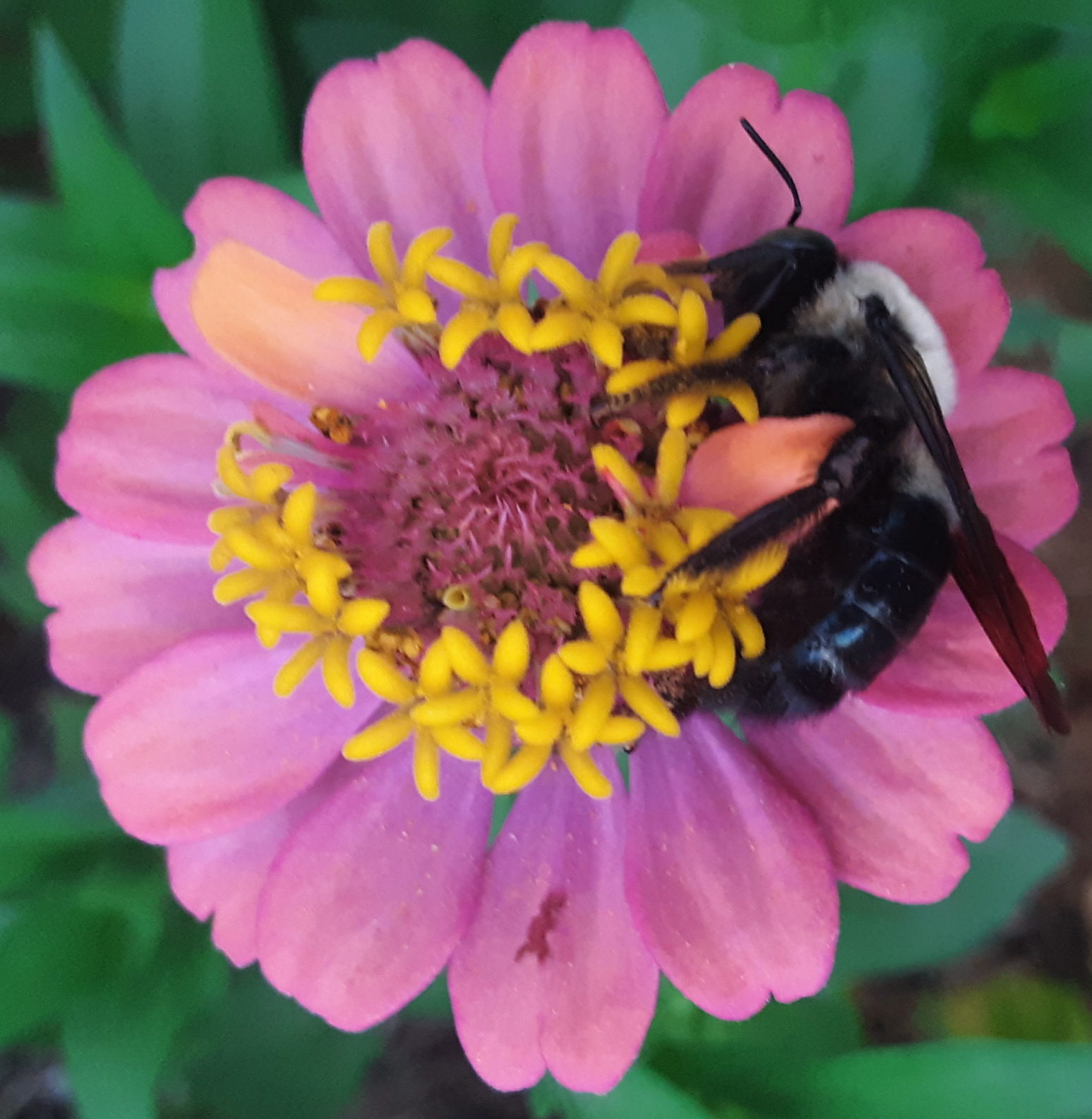
In years past, late January was when I would sit by the woodstove, snowed in (as we usually have our first big snow fall in Virginia the third week of January) seed catalogs spread out before me, dreaming of eating fresh food straight from verdant lush gardens in July.
The game has changed a bit in this Covid era (And, man, I cannot wait until that previous sentence dates this post, and I have to update or edit it out. Seriously). Waaaaaay more people are gardening (YAY!) Consequently, the garden seeds and supplies are selling out waaaaay earlier than ever before (BOO!)
I know this to be true, because I work part time for an heirloom seed supplier, and talk to all my long-time garden friends about our difficulty finding once-abundant vegetable seeds and starts at their usual times, and places.
Between the exponential increase in demand, the many people and forces involved in the supply chain (seeds, packaging, shipping, etc., etc.) are facing challenges that didn’t exist until now. Sooo…a friendly reminder to get your orders in earlier this time. Ideally, last December would have ensured the arrival of all I need for my garden at home and clients. However, I missed that self-imposed deadline, and maybe you did, too.
If you did, great! That means my advice may be more helpful than normal. If you are ahead of the game, go, YOU! I need some of your organizational energy and feedback. Feel free, all, to comment below with your planning strategies, favorite seed sources and nurseries.
Be well, and happy gardening in 2022!!!
We only recommend products and services we wholeheartedly endorse. This post may contain special links through which we earn a small commission if you make a purchase (though your price is the same).
1.Southern Exposure Seed Exchange Mineral, Virginia. Aside from their free online garden planner, and incredible variety, pictures and stories to go with these fruits, vegetables and herbs that perform well in the Southeast, the folks at SESE walk the walk. This intentional community grows out the seeds, and includes on their website and print catalog symbols for heirloom, organic, open-pollinated and Small farms. Even if you already ordered your seeds and live way across the country or globe, if you love gardening, this catalog is just beautiful and a good read.
2.The Center for Historic Plants Charlottesville, VA. Monticello and some of its surrounding estates that Thomas Jefferson used to own are now considered UNESCO World Heritage sites. These sites represent so many things from the past (both good and bad), but these days, the site moves forward as a world-class demonstration of botanical experimentation. The grounds of CHP are only open to the public by appointment and two open houses a year (now also only by appointment due to Covid-19), but the impressive list of seeds and plants represent some of the best things to grow in Virginia and the Eastern United States. The prices for plants and the health of their nursery stock are especially impressive.
3. Fedco Seeds Clinton, Maine. Fedco Seeds has been around almost half a century, and though the catalog is aimed at growers in the NORTHeast, that still encompasses areas represented in the north and western portions of Virginia that have the growing zone 6-7 designation. Like the Southern Exposure catalog, the drawings and descriptions are delights to the eyes. Fedco has five divisions: Seeds, Potatoes, Onions and Exotics, Organic Growers Supply, Trees, and Bulbs, and also donates to many institutions.
As a true cooperative, Fedco adheres to (rare in the retail world these days) impeccable ethical standards: “We are a cooperative, one of the few seed companies so organized in the United States. Because we do not have an individual owner or beneficiary, profit is not our primary goal. Consumers own 60% of the cooperative and worker members 40%. Consumer and worker members share proportionately in the cooperative’s profits through our annual patronage dividends.” This is likely why their prices are generally low while quality remains high.
4. Baker’s Creek Mansfield, Missouri. Another not-strictly Southern (or Eastern) seed source, but still many varieties that can and will grow well in Virginia. This is like the High Fidelity of seed catalogs-for those gardeners who seek out the esoteric varieties and like to have plants with monikers that could just as easily be a favorite band’s name (“Black Strawberry Tomato” and “Atomic Purple Gomphrena”, for a few examples), and the website address is “rareseeds.com” lest you have any doubt what this company’s approach is. The newest catalog features many, many purple plants which speaks to my monochromatic heart, and also has me half-imagining Jack Black or a local barista (or both) are going to come up and judge my taste in music, coffee and eggplant varieties, simultaneously. (Yes, I miss the 90s!)
5.Johnny’s Selected Seeds of Maine. Another company waaaay up north in Maine, Johnny’s has also been at it for almost half a century. They have a tremendous selection of garden and farm-tested flower, vegetable, herb and fruit seeds, as well as mushroom plugs, great books and a huge selection of tools and supplies to make gardening easier, or at least more interesting. With 53 different categories of available vegetable seeds alone and 6 types of seed (heirloom, hybrid, open-pollinated, organic, pelleted, and treated), Johnny’s has variety covered. There is plenty of information contained in the catalog of how to grow it all, and they sell books, many written by their farmer and gardener contributors, and tool developers, such as Eliot Coleman and Barbara Damrosch.
Snacking on pumpkin seeds from a recent harvest, and drinking a hot beverage before it gets really cold reminds me I need to crack these catalogs open, in real life and virtually and get going on my seed order! A bonus of saving open pollinated seeds means I don’t need to order nearly as many seeds as in the years where I didn’t have such a stored cache. This is great economically, but (I admit) not always as fun as sending in a huge list of seeds and handing over my money. I don’t like to part with my cash, but: woo, boy!!! I feel like I literally have the world in the palm of my hands when a good-sized seed order arrives in the mail. .
As a person who also packages many of those epic seed orders in the spring and fall, I appreciate the time and care (and confusion and importance to detail) that go into the packaging all of these orders. It is a meticulous process, and I never manage to plant it all. But it is the purest embodiment of hope I can imagine: no matter what is happening, there is the promise that some of those many seeds will take root and make their way in the world.
